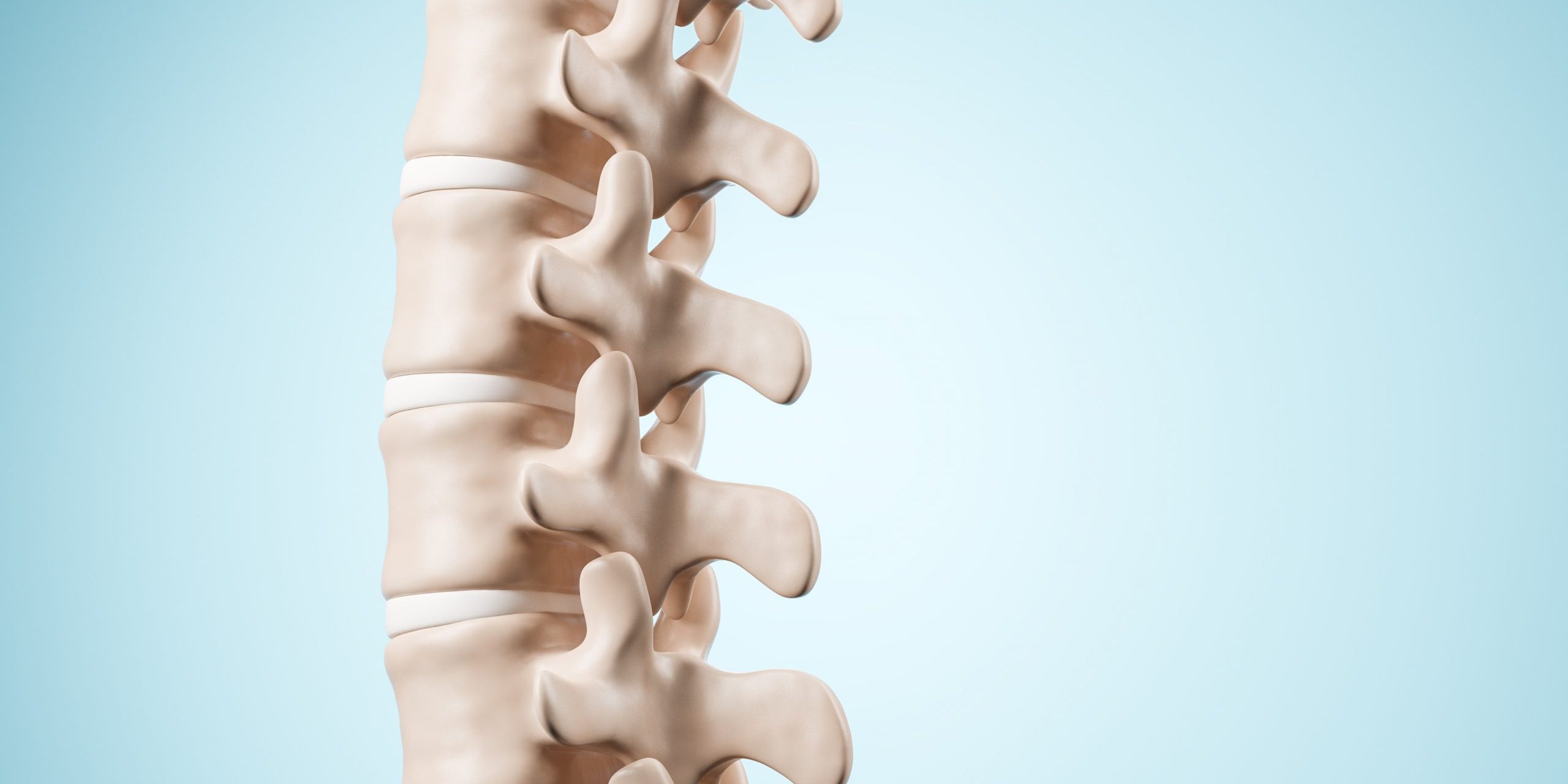Everyone’s body undergoes wear and tear as they age. The most common occurrence is in the joints including the joints in the spine. This wear and tear of the spinal discs is often the cause of lower back and neck pain as well as a host of other symptoms. This is called degenerative disc disease.
The name is misleading because it’s not a disease. Rather, it’s a condition. Though it’s widespread, not everyone will experience degenerative disc disease.
What Causes Degenerative Disc Disease?
What does wear and tear mean? The discs can get dehydrated and become less flexible as people age. This leads to discs shrinking and weakening. The disc is composed of a tougher outer portion of connective tissue around the nucleus, which is a softer, meaty core.
As the disc wears out, the softer inner core can push out to irritate and even compress the spinal nerves, causing back and radiating leg pain.
An injured disc cannot repair itself. This results in the start of degeneration over a period of 20 to 30 years. Most people have disc degeneration by age 60, but not all experience pain.
A young disc contains about 80 percent water to help absorb the shocks. A disc that is drying out won’t be able to do that very well. Years of moving the neck and spine cause tears in the outer part of the disc. Injury and overuse from repetitive activities can speed up disc degeneration. Or it may be a result of a bone spur or a herniated disc.
Symptoms of Degenerative Disc Disease
The most common side effects of degenerative disc disease is lower back and neck pain. Patients can also experience pain in the thighs, legs, and buttocks. It can potentially cause numbness, weakness, muscle spasms, and shooting pains in the arms and legs. The pain tends to be a low-level chronic pain with occasional episodes of severe pain.
Another symptom is pain that worsens while sitting. That’s because the load-bearing discs carry three times more load than while standing. The pain can worsen when bending, twisting, or lifting. It’s possible for the patient to feel better when walking, standing for a long time, or changing positions.
What Treatment Is Available for Degenerative Disc Disease?
Make an appointment with a back and spine doctor. The doctor will review your case, conduct an examination, and request tests like an MRI. After reviewing the results, the doctor will propose the best treatment options. Nonsurgical options include pain management, physical therapy, and hot and cold therapy.
If the doctor rules out all the treatment, then the next step may be a procedure such as spinal fusion like transforaminal lumbar interbody fusion (TLIF). This procedure is less invasive than other spinal fusion approaches and disc replacement. An artificial disc replacement procedure replaces a broken disc with an artificial one.
Have a question? Please contact us or call 214-823-2052. We have two conveniently located offices in Addison and Dallas serving patients in Dallas, Addison, Plano, Frisco, Garland, and other cities in the DFW metroplex.







